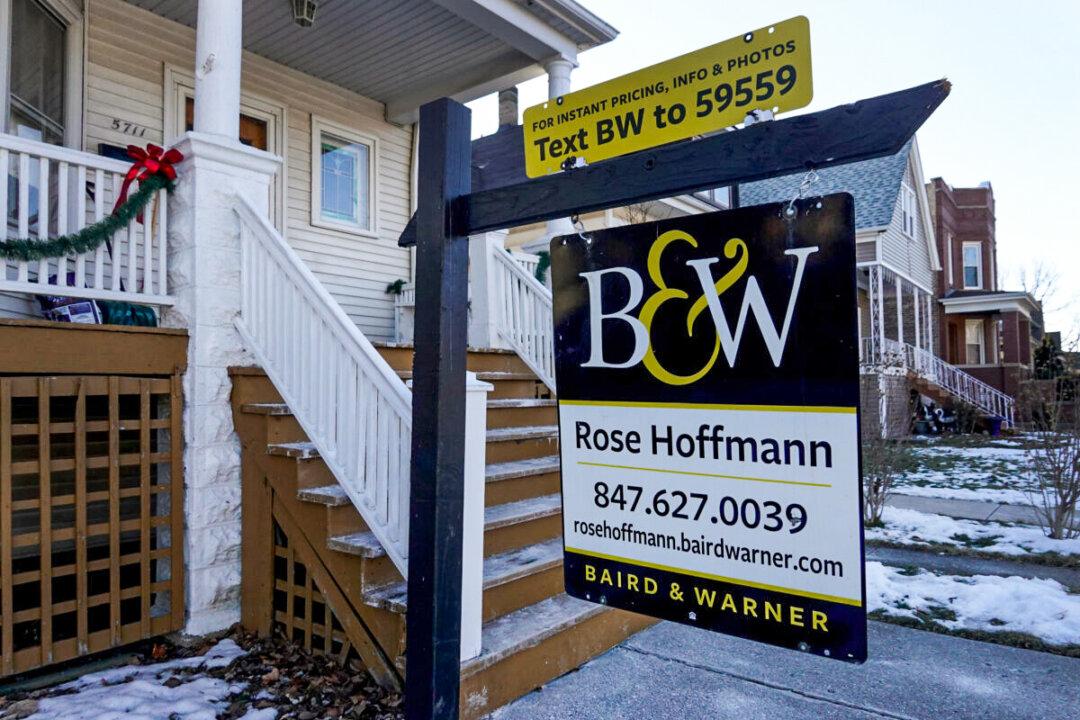Interest rates on 30-year fixed-rate mortgages have exceeded 4 percent for the first time in more than two years as overall mortgage applications declined for the week ending Feb. 11, based on data from the Mortgage Bankers Association’s (MBA) Weekly Mortgage Applications Survey.
“The 30-year fixed-rate saw the largest single-week increase since March 2020 and was above the 4 percent mark for the first time since 2019. Consistent with this period of higher mortgage rates, refinance applications fell 9 percent last week and stood at around half of last year’s pace. The refinance share of applications was also at its lowest level since July 2019,” Joel Kan, MBA’s Associate Vice President of Economic and Industry Forecasting, said in a press release dated Fen. 16.





